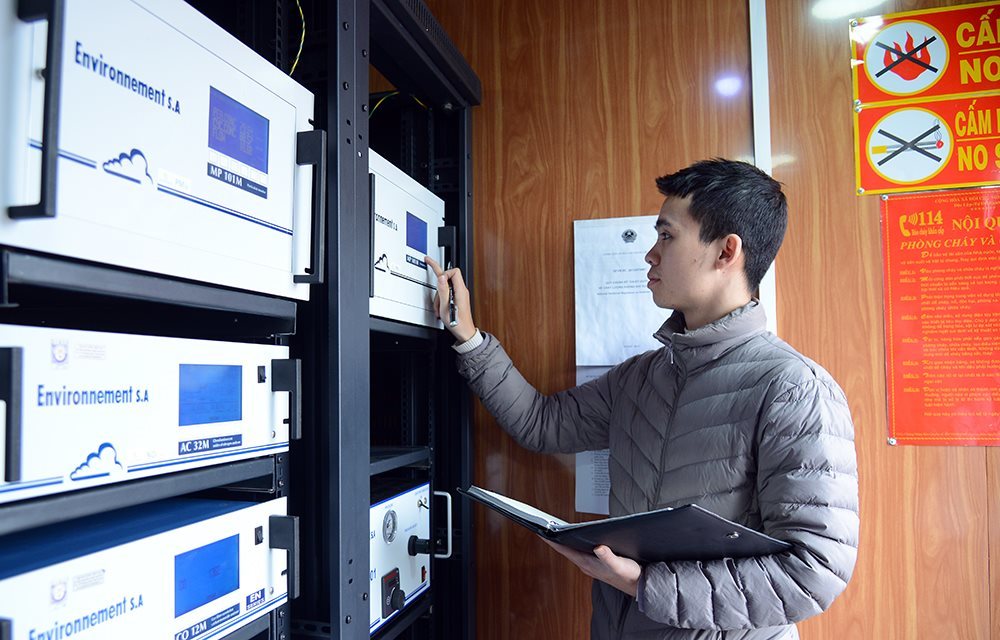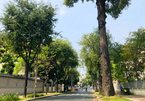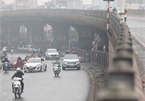Seventeen air monitoring stations are put under the management of MONRE, including 10 automatic stations managed by the National Center for Hydrometeorological Forecasting and 7 by the General Directorate of Environment.

Monitoring parameters include dust (PM10, PM2.5, PM1), NOx, SO2, CO, O3, BTX, THC, and microclimate parameters such as wind direction, wind speed, temperature, humidity, pressure and solar radiation.
The reports from 45 out of 63 cities and provinces showed that 40/45 localities (89 percent) have continuous automatic monitoring system (surrounding environment monitoring or emission monitoring), 11/45 (24 percent) of localities have environment monitoring systems. Only 5/45 (11 percent) of localities do not have automatic continuous monitoring stations.
The lack of continuous 24/24h monitoring data makes it difficult to assess the situation, trends and changes in air and water quality, and sometimes make the tasks impossible.
| According to the General Directorate of Environment, because of the lack of money, the manual monitoring with very low frequency (four to six times a year for air environment) makes it unable to keep up with environmental issues, and fails to meet the need for early detection and warning about environmental issues. |
According to the General Directorate of Environment, because of the lack of money, the manual monitoring with very low frequency (four to six times a year for air environment) makes it unable to keep up with environmental issues, and fails to meet the need for early detection and warning about environmental issues.
The agency believes that in addition to maintaining the operation of semi-automatic stations, Vietnam needs to have modern automatic equipment to monitor environmental quality in areas bearing strong influences by socio-economic activities.
According to Tung, other countries use automatic monitoring stations to measure the concentrations of major pollutants such as PM2.5, NOx, SO2 and CO2, and other meteorological parameters once every 5 minutes.
“We have too few automatic continuous air monitoring stations, which is not enough to assess the air quality in a comprehensive way,” Tung said, adding that installing such stations is urgently needed.
Vietnamese and international experts believe that Hanoi needs to have 10 stations while HCM City needs 15.
Air environment monitoring shows air quality, which substances exceed the permitted levels, and causes of pollution. It helps detect measures to prevent pollution.
In urban areas, dust pollution is still the most worrying issue.
“It is necessary to consider investment in automatic air monitoring systems as an investment for development. It must be z high priority order, though it is very costly to buy and maintain,” Tung said.
Linh Ha

Air pollution improves in Hanoi as people stay at home, practice social distancing
The social distancing policy has minimized emission activities, improving the air quality in Hanoi. However, the activities in the neighborhoods and surrounding provinces still show certain effects on air quality.

Air quality to improve from late March: VEA
The air quality in Vietnam will improve from the end of March into the following months compared to that in the first months of 2020, the Vietnam Environment Administration (VEA) has said.
 Investment in automatic air monitoring systems should be a high priority, Hoang Duong Tung, chair of the Vietnam Clean Air Network, has said.
Investment in automatic air monitoring systems should be a high priority, Hoang Duong Tung, chair of the Vietnam Clean Air Network, has said.